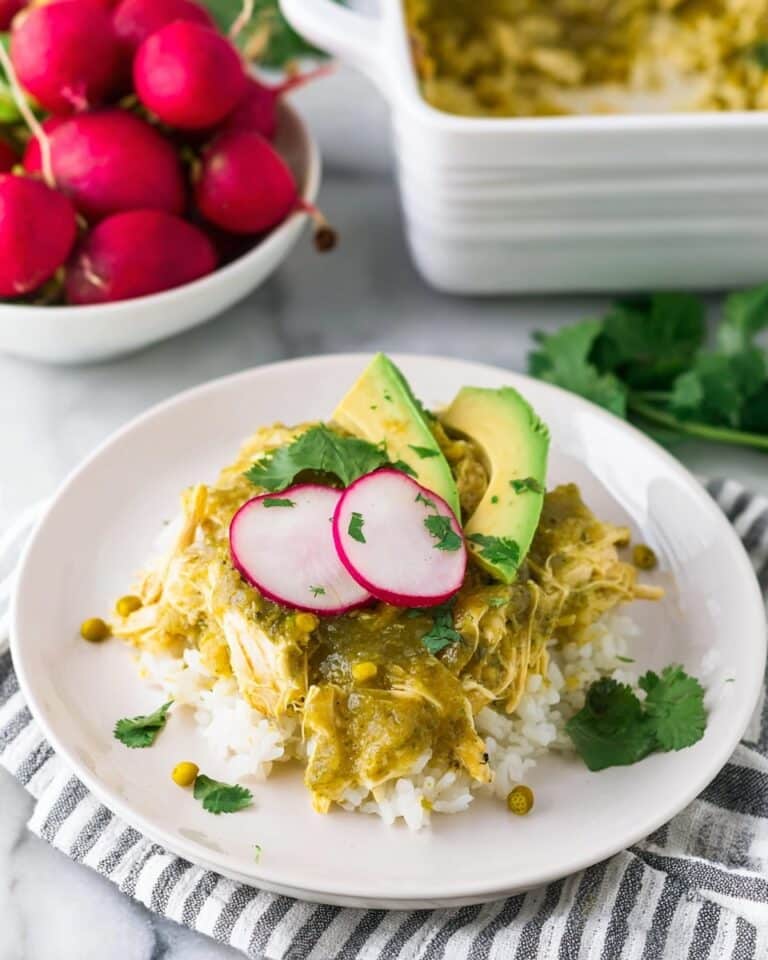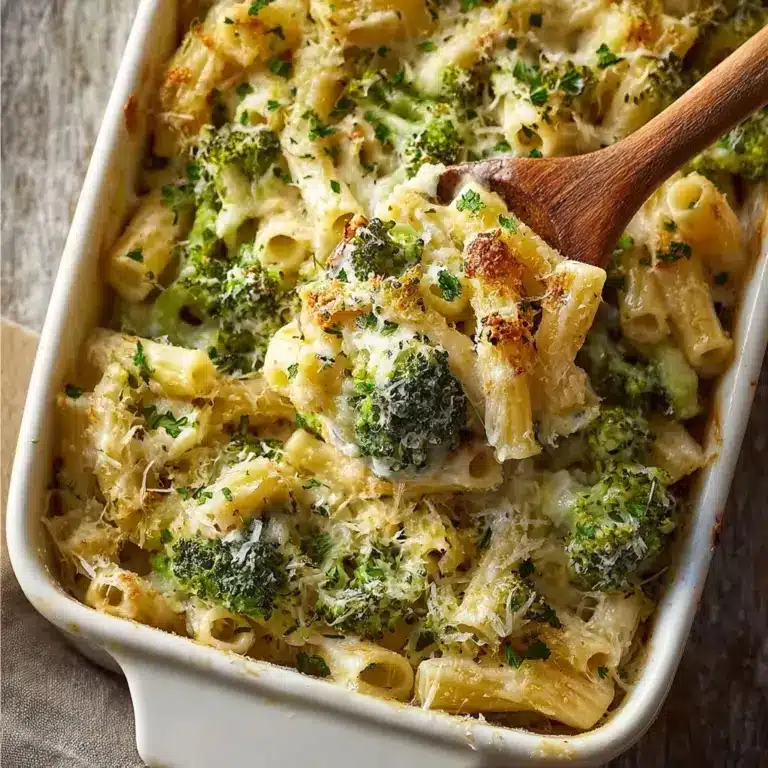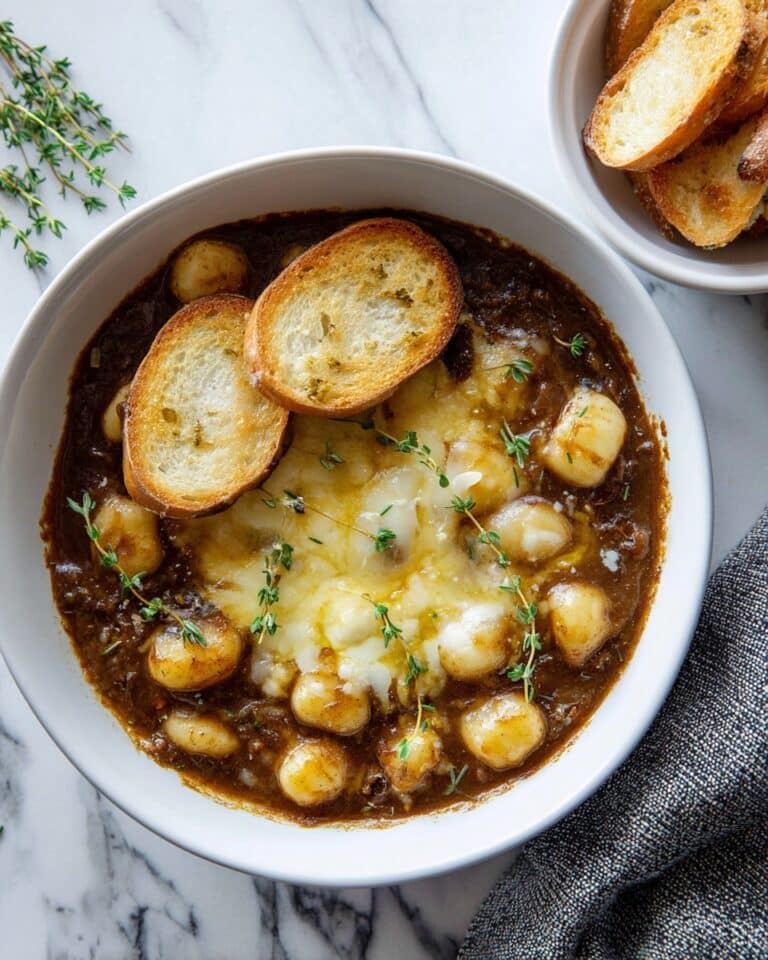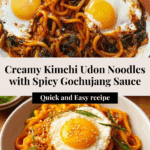Creamy Kimchi Udon Recipe
If you have a craving for something bold, comforting, and a little bit adventurous, you are going to absolutely love this Creamy Kimchi Udon. It’s a vibrant, rich dish that brings together the chewy goodness of udon noodles with the spicy tang of kimchi, all mellowed out by a luscious creamy texture. Each bite offers an irresistible mix of flavors and textures—the soft noodles soaking up the spicy, slightly sweet sauce and the subtle crunch from fresh spring onions. This dish feels like a warm, satisfying hug and is perfect for those moments when you want something soulfully delicious with a total Korean-Japanese fusion vibe.
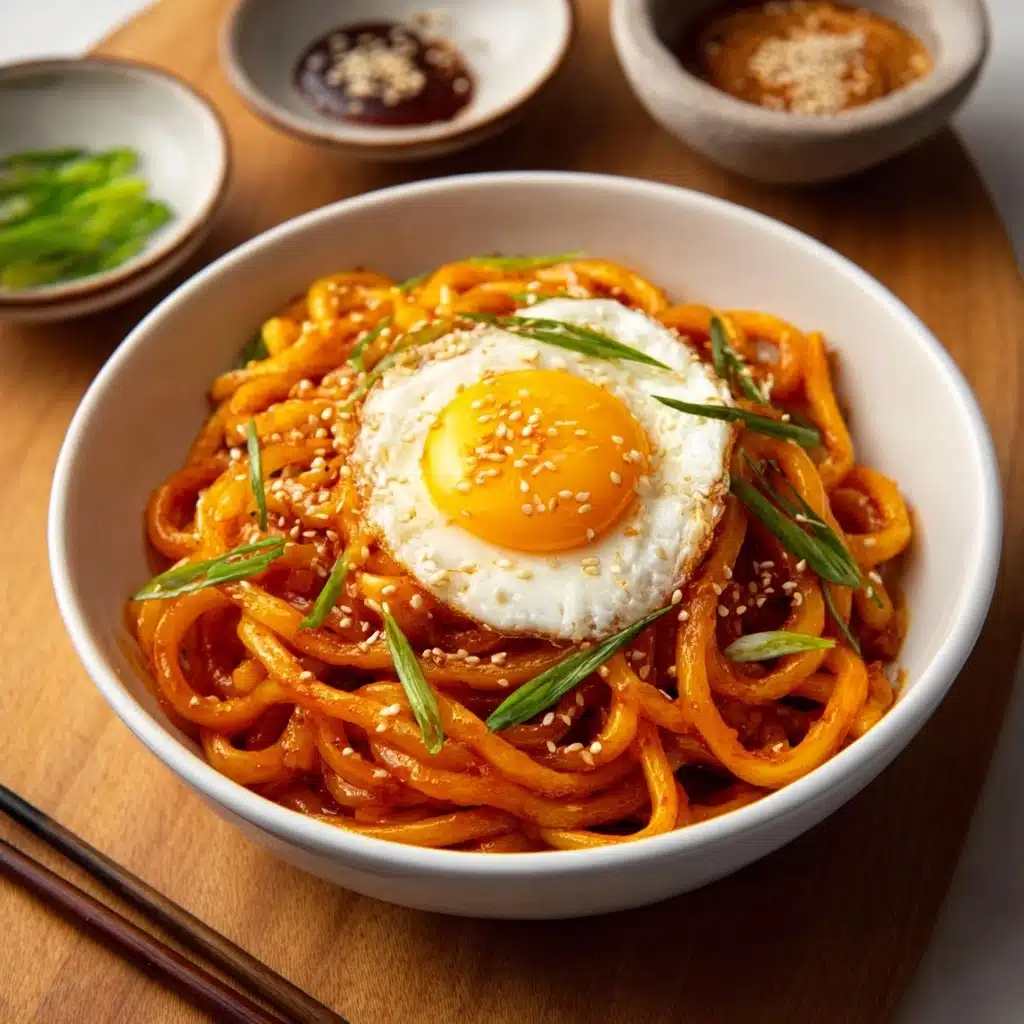
Ingredients You’ll Need
Gathering the right ingredients might feel like the first step on a flavorful adventure, but don’t worry—each element here is straightforward and plays its part to create that perfect balance of taste, texture, and color in your Creamy Kimchi Udon.
- Fresh udon noodles: These chewy, thick noodles form the hearty base and soak up all the sauce beautifully.
- Kimchi (80g): This fermented cabbage brings tangy spice and a signature kick that defines the dish.
- Korean gochujang paste (1 tbsp): Adds depth and a smoky heat to the flavor profile, balancing the creaminess.
- Shallot (1, finely diced): Offers a subtle sweetness when sautéed and layers of mild aromatic complexity.
- Honey or sugar (1 tsp): A touch of sweetness brightens the sauce and smooths the spice.
- Water (250 ml): Helps to loosen the sauce and create that silky consistency.
- Spring onions (1 tbsp, chopped): For a fresh, slightly sharp crunch to finish the dish.
- Choice of protein: Minced pork, chicken pieces, or sliced tofu add body and make the meal more filling.
- Optional fried egg or egg yolk: For that extra creamy topping that makes every mouthful feel indulgent.
How to Make Creamy Kimchi Udon
Step 1: Soften Your Udon Noodles
Start by soaking the vacuum-packed udon noodles in a bowl of hot water for about 10 minutes. This simple step softens the noodles gently without cooking them to mush, preparing them to soak up all the fantastic flavors we’re about to combine. If you’re using dry noodles, follow the package instructions for cooking.
Step 2: Build the Flavor Base
Heat a splash of vegetable oil in a frying pan over medium heat. Toss in your finely diced shallot and some minced garlic, sautéing until everything smells fragrant and golden, just about a minute. This small step unlocks those sweet, subtle flavor notes that quietly elevate the whole dish.
Step 3: Add the Heat and Sweetness
Mix in your gochujang paste with the honey, stirring to create a luscious paste. This combo brings a smoky, spicy foundation paired perfectly with a subtle lick of sweetness. Then, fold in the chopped kimchi, making sure it’s evenly distributed to sprinkle bursts of fiery, fermented flavor throughout.
Step 4: Cook Your Protein or Veggies
If you’re using minced pork, chicken pieces, or tofu, now’s the time to add them to the pan. Cook until nicely browned or heated through, depending on your choice, to invite extra umami and texture into the dish. Vegetables can go in here as well, cooking until just softened but still vibrant.
Step 5: Combine Noodles and Sauce
Give your soaking noodles a good stir in their bowl to loosen any clumping, then transfer them right into the pan. Mix everything thoroughly so each noodle is lovingly coated in the spicy, creamy sauce. Add a splash of water if you want to thin the sauce or help everything come together smoothly.
Step 6: Add the Finishing Touches
Sprinkle sliced spring onions into the mix for a bright punch of freshness. Plate your Creamy Kimchi Udon up and, if you’re feeling extra indulgent, crown it with a fried egg or a golden egg yolk. Break the yolk right before digging in to add a beautifully rich creaminess that takes this dish over the top.
How to Serve Creamy Kimchi Udon
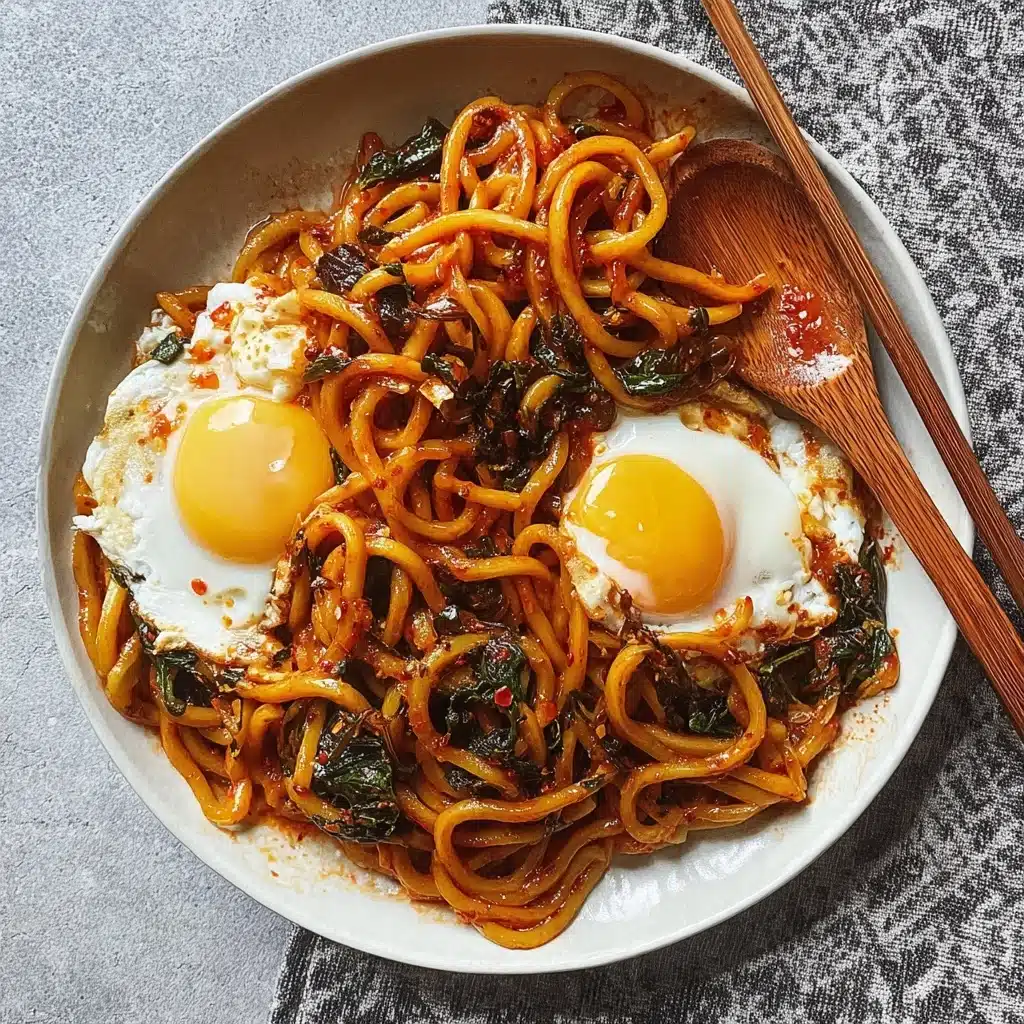
Garnishes
Spring onions are an absolute must—they add crunch and freshness that contrast perfectly with the creamy, spicy sauce. For an extra touch of richness, consider topping with toasted sesame seeds, finely chopped nori, or even a splash of toasted sesame oil. These final touches add layers of flavor and a pretty presentation.
Side Dishes
Keep your meal balanced by pairing the Creamy Kimchi Udon with simple sides such as steamed or pickled vegetables. A light Chinese Egg Drop Soup is a classic companion that complements the spicy richness without overpowering. You could also serve a crisp cucumber salad to cool the palate and enhance the experience.
Creative Ways to Present
Present your Creamy Kimchi Udon in deep bowls that highlight the saucy goodness. Use contrasting colors by sprinkling chopped fresh herbs like cilantro or mint on the side for an unexpected twist. For gatherings, serve in individual portions with a small dipping bowl of extra gochujang sauce on the side for guests who want to turn up the heat.
Make Ahead and Storage
Storing Leftovers
If you have any leftovers, keep them in an airtight container in the fridge for up to 3 days. The flavors often deepen overnight, and the noodles remain delightfully chewy. Just be mindful that the sauce may thicken, so a splash of water during reheating will bring back the perfect saucy texture.
Freezing
Freezing Creamy Kimchi Udon is not typically recommended since the noodles can lose their texture and become mushy. If you do freeze it, make sure it’s tightly sealed and consume within a month. Thaw gradually in the fridge and stir well when reheating to restore some of the creaminess.
Reheating
Warm up your Creamy Kimchi Udon gently in a pan over medium-low heat, adding a little water if you need to loosen the sauce. Stir frequently to avoid sticking and to revive that silky coating that makes this dish so comforting. Avoid the microwave if possible, for the best texture and flavor.
FAQs
Can I use dried udon noodles instead of fresh ones?
Absolutely! Just cook the dried noodles according to the package instructions before adding them to the sauce. Fresh udon tends to be softer and more tender, but dried works well in a pinch.
What if I don’t have gochujang paste?
You can substitute with a mixture of chili paste and a bit of miso paste or soy sauce to mimic the umami and heat, but gochujang really gives this dish its signature flavor, so try to find it at an Asian grocery if you can!
Is Creamy Kimchi Udon very spicy?
It has a pleasant spicy kick thanks to the kimchi and gochujang, but the creaminess and a little honey tone it down nicely. You can always adjust the spice level by using less gochujang or opting for milder kimchi varieties.
Can I make this dish vegetarian or vegan?
Definitely! Just swap out the protein for tofu or extra vegetables and ensure your kimchi is vegan-friendly, as some versions contain fish sauce. Using vegetable broth or water keeps it light and vegan.
What’s the best way to add more creaminess?
The easiest way is to top it with a fried egg or egg yolk and mix it through before eating. For a dairy-free creaminess boost, a splash of coconut milk or soy milk during cooking can make it even richer without overpowering the flavors.
Final Thoughts
Once you try this Creamy Kimchi Udon, it just might become your new go-to comfort food when you want something exciting yet soothing. It combines a fabulous mix of textures and flavors that surprise and delight with every bite. Don’t hesitate to experiment with your favorite proteins and toppings—you might just discover your own signature version. So gather your ingredients, get cooking, and enjoy every satisfying forkful of this delicious bowl of warmth and spice!
PrintCreamy Kimchi Udon Recipe
A flavorful and creamy Kimchi Udon recipe that combines spicy fermented kimchi, savory gochujang paste, and tender udon noodles for a quick and satisfying meal. This dish is easily customizable with your choice of protein and can be topped with a fried egg or egg yolk to elevate the creaminess and richness of the flavors.
- Prep Time: 15 minutes
- Cook Time: 15 minutes
- Total Time: 30 minutes
- Yield: 2 servings 1x
- Category: Main Course
- Method: Sautéing and simmering
- Cuisine: Korean
- Diet: Halal
Ingredients
Main Ingredients
- 1 pack of fresh udon noodles (typically vacuum-packed; if using dry, cook according to package instructions)
- 80g kimchi, roughly chopped
- 1 tbsp Korean gochujang paste
- 1 shallot, finely diced
- 1 tsp honey or sugar
- 250 ml water
- 1 tbsp spring onions, chopped
- Choice of protein: minced pork, chicken pieces, or sliced tofu
Optional
- 1 fried egg or egg yolk to serve
Instructions
- Soften the noodles: Place the vacuum-packed udon noodles in a bowl and cover them with hot water. Let them soak for 10 minutes to soften, as they can be brittle when cold.
- Sauté aromatics: Heat a tablespoon of vegetable oil in a frying pan over medium heat. Add the finely diced shallot and minced garlic, sautéing for about one minute until fragrant.
- Create the sauce base: Stir in the gochujang paste and honey, mixing well to form a cohesive paste. Then add the chopped kimchi, combining thoroughly to infuse the flavors.
- Cook the protein: If using a protein like minced pork, chicken, or tofu, add it to the pan now and cook until browned and cooked through. If adding vegetables, cook them until softened at this stage.
- Combine noodles with sauce: Stir the softened noodles in their soaking bowl to loosen them up, then add them to the pan with the kimchi and protein mixture. Mix everything well, adding a splash of water if necessary to reach your preferred sauce consistency.
- Add spring onions: Toss in the chopped spring onions for a fresh flavor and mix.
- Serve and garnish: Plate the kimchi udon and optionally top with a fried egg or egg yolk. Break the yolk and mix it into the noodles before serving for extra creaminess.
Notes
- Adjust the amount of gochujang paste to suit your desired spice level.
- Leftovers can be stored in an airtight container in the refrigerator for up to 3 days.
- Pair this dish with 5-Min Chinese Egg Drop Soup (蛋花湯) for a complementary meal.
- If using dry udon noodles, be sure to cook according to the package directions prior to adding them to the pan.
- For a vegetarian/vegan option, use tofu and ensure the kimchi does not contain fish sauce or shrimp paste.
Nutrition
- Serving Size: 1 serving
- Calories: 420 kcal
- Sugar: 6 g
- Sodium: 950 mg
- Fat: 12 g
- Saturated Fat: 3 g
- Unsaturated Fat: 8 g
- Trans Fat: 0 g
- Carbohydrates: 62 g
- Fiber: 4 g
- Protein: 18 g
- Cholesterol: 45 mg
Keywords: Kimchi Udon, Creamy Udon, Korean Noodles, Spicy Kimchi Recipe, Gochujang Udon, Easy Korean Dinner



